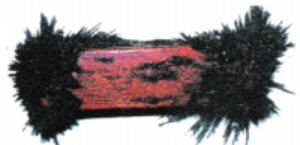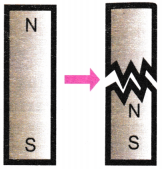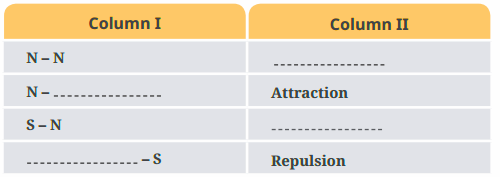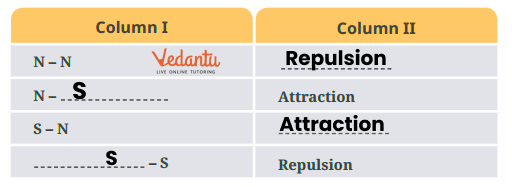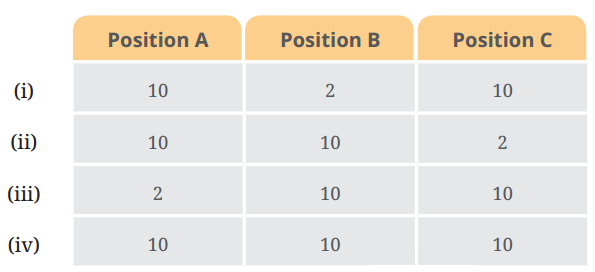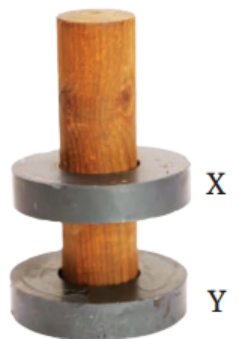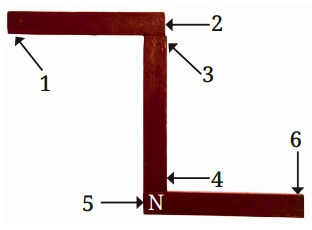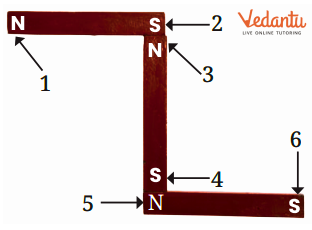NCERT Solutions for Class 6 Science Chapter 4 FREE PDF Download
FAQs on NCERT Solutions for Class 6 Science Chapter 4 Exploring Magnets
1. What are the poles of a magnet in Chapter 4: Exploring Magnets?
Every magnet has two poles: the North Pole and the South Pole. These poles are the regions where the magnetic force is the strongest. Vedantu NCERT Solutions helps explain how these poles work and their significance.
2. Can a magnet have only one pole in Chapter 4: Exploring Magnets?
No, a magnet always has two poles, North and South, even if it is broken into smaller pieces. Vedantu NCERT Solutions provides clear diagrams to demonstrate this concept.
3. What materials are attracted to magnets in Chapter 4: Exploring Magnets?
Magnetic materials such as iron, nickel, and cobalt are attracted to magnets, while materials like wood, plastic, and rubber are not. Vedantu NCERT Solutions explains these materials with practical examples.
4. What happens when the poles of two magnets are brought close in Chapter 4: Exploring Magnets?
Like poles (North-North or South-South) repel each other. Vedantu’s interactive activities help students understand the concept of magnetic repulsion.
5. How does a compass work in Chapter 4: Exploring Magnets?
A compass uses a magnetised needle that aligns with the Earth’s magnetic field, pointing toward the north-south direction. Vedantu NCERT Solutions clarifies the working of a compass with simple experiments.
6. Why do magnets always align in the north-south direction when suspended freely in Chapter 4: Exploring Magnets?
Magnets align in the north-south direction because Earth itself acts like a giant magnet, with its magnetic field influencing the suspended magnet. Vedantu Solutions explains the Earth's magnetic field in detail.
7. What is the difference between magnetic and non-magnetic materials in Chapter 4: Exploring Magnets?
Magnetic materials are attracted to magnets, while non-magnetic materials are not. Vedantu NCERT Solutions uses everyday objects to help differentiate between these materials.
8. How can you make a simple magnet at home in Chapter 4: Exploring Magnets?
You can make a simple magnet by stroking an iron needle with a bar magnet repeatedly. Vedantu NCERT Solutions guides students through step-by-step activities to make their magnets.
9. What is the effect of bringing opposite poles of two magnets together in Chapter 4: Exploring Magnets?
Opposite poles (North-South) attract each other. Vedantu NCERT Solutions uses hands-on experiments to illustrate this phenomenon clearly.
10. How can you identify a magnet without markings in Chapter 4: Exploring Magnets?
You can identify the poles of an unmarked magnet by suspending it freely or using another marked magnet to observe attraction and repulsion. Vedantu NCERT Solutions offers simple methods to test and identify magnet poles.

















